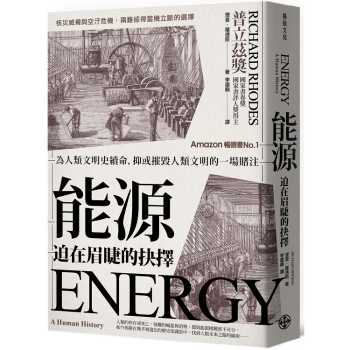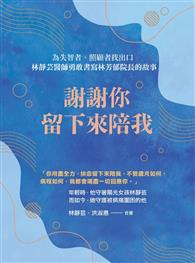The purpose of this study is to conduct a comparative study of environmentally friendly school guidelines based on a review of the relevant literature. The method used in this study is to analyze new school projects, which are considered a very important standard design. This research aims to address the underlying principles of Child Friend School directly. Temperatures, wind speed, air quality, levels, noise, and energy sources are all factors that can and do help to achieve the connection between building design and urban design. Furthermore, to design environmentally friendly schools with environmentally friendly specifications such as achieving natural ventilation and natural lighting, as well as introducing cutting-edge technology to reduce. Moreover, while designing the building, take into account the thermal load on the construction site and the city, as well as other significant aspects. As a result, you can find guidelines and steps for developing a well and well-organized standard model. Thus, every building has four levels of achievement based on evaluation points: certified, silver, gold, and platinum.
| FindBook |
有 1 項符合
Evaluation of Green Design Using the UN School as an Example的圖書 |
 |
Evaluation of Green Design Using the UN School as an Example 作者:Badawy 出版社:Scholars’ Press 出版日期:2023-04-04 語言:英文 規格:平裝 / 64頁 / 22.86 x 15.24 x 0.38 cm / 普通級/ 初版 |
| 圖書館借閱 |
| 國家圖書館 | 全國圖書書目資訊網 | 國立公共資訊圖書館 | 電子書服務平台 | MetaCat 跨館整合查詢 |
| 臺北市立圖書館 | 新北市立圖書館 | 基隆市公共圖書館 | 桃園市立圖書館 | 新竹縣公共圖書館 |
| 苗栗縣立圖書館 | 臺中市立圖書館 | 彰化縣公共圖書館 | 南投縣文化局 | 雲林縣公共圖書館 |
| 嘉義縣圖書館 | 臺南市立圖書館 | 高雄市立圖書館 | 屏東縣公共圖書館 | 宜蘭縣公共圖書館 |
| 花蓮縣文化局 | 臺東縣文化處 |
|
|
圖書介紹 - 資料來源:博客來 評分:
圖書名稱:Evaluation of Green Design Using the UN School as an Example
|











